Table of Contents
Overview – Lower Limb Joints
The lower limb joints include strong, weight-bearing articulations that provide stability for upright posture while allowing mobility for walking, running, and balance. These include both axial connections like the sacroiliac joint, and highly mobile synovial joints like the hip, knee, and ankle. Understanding their structure, biomechanics, and ligamentous support is essential for clinical application in orthopaedics, sports medicine, and trauma care.
Sacroiliac Joint
- Type: Synovial planar joint
- Features:
- Transfers weight from axial skeleton to lower limbs
- Loosens during labour
- Bones: Sacrum and ilium
- Ligaments:
- Anterior sacroiliac ligament
- Posterior sacroiliac ligament
- Interosseous sacroiliac ligament

Pubic Symphysis
- Type: Secondary cartilaginous joint
- Features:
- Loosens during labour
- Contains fibrocartilaginous interpubic disc
- Bones: Left and right pubic bones
- Ligaments:
- Ligamentous capsule surrounding disc

Hip Joint
- Type: Synovial, multiaxial ball-and-socket joint
- Features:
- Acetabular labrum deepens socket → high congruency
- Fat-filled acetabular fossa
- Bones:
- Head of femur
- Acetabulum of innominate bone
- Ligaments:
- Iliofemoral: Limits extension, lateral rotation, adduction, abduction
- Pubofemoral: Limits extension, lateral rotation, abduction
- Ischiofemoral: Limits extension, medial rotation, adduction
- Ligamentum teres: Allows blood vessel passage – not for stability

Knee Joint
- Type: Synovial modified bicondylar hinge joint
- Features:
- Allows flexion/extension with some rotation
- Poor bony congruity – relies on ligaments for stability
- Includes tibiofemoral and patellofemoral joints
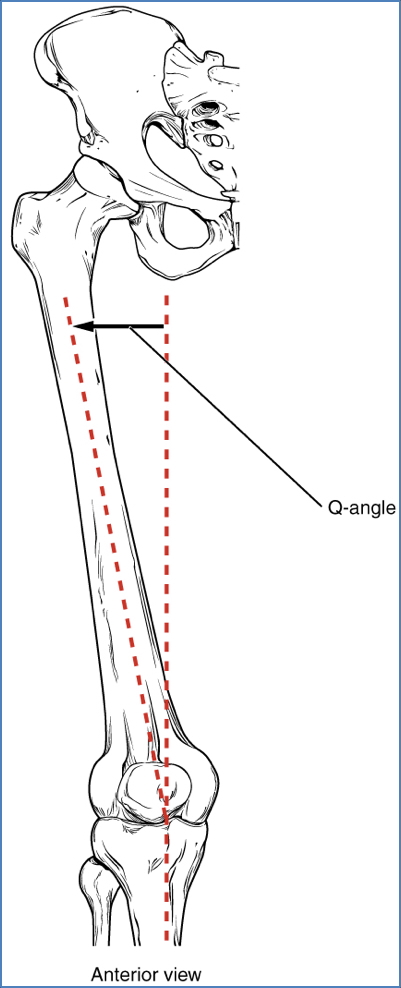
Menisci
- Fibrocartilaginous pads on tibial plateaus
- Improve congruity and absorb shock
- Lateral Meniscus: More mobile
- Weak capsule attachment
- Posterior meniscofemoral ligament
- Medial Meniscus: Less mobile → more prone to injury
- Firm attachment to capsule and medial collateral ligament
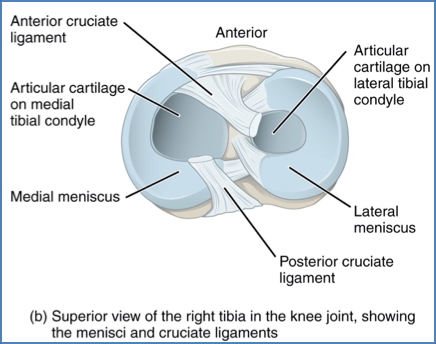
Ligaments
- Extracapsular:
- Patellar ligament
- Medial and lateral collateral ligaments
- Intracapsular:
- Anterior cruciate ligament (ACL): Prevents anterior tibial translation
- Posterior cruciate ligament (PCL): Prevents posterior tibial translation
- Transverse meniscal ligament
- Meniscofemoral ligament

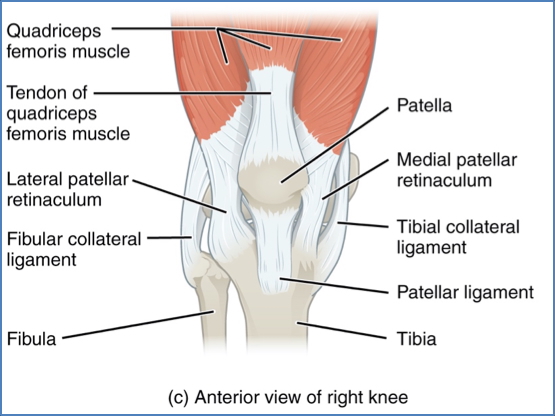
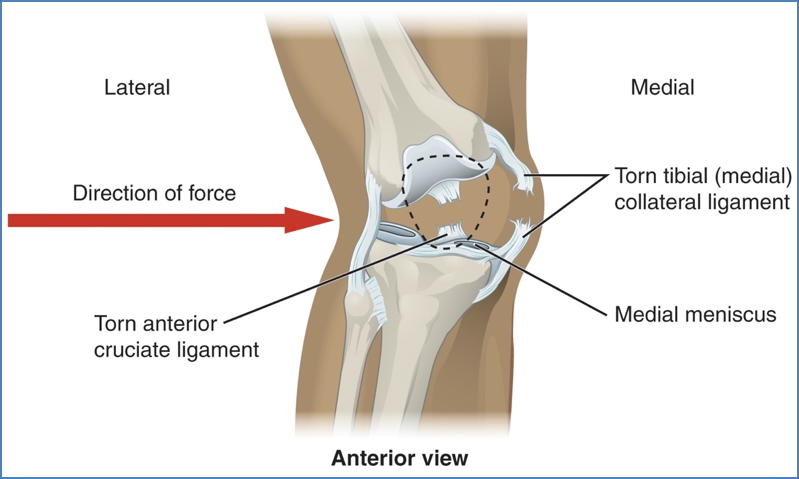
Knee Bursae
- Suprapatellar: Deep to quadriceps tendon; communicates with joint cavity
- Prepatellar: Subcutaneous; cushioning during kneeling
- Infrapatellar: Between patellar tendon and fat pads
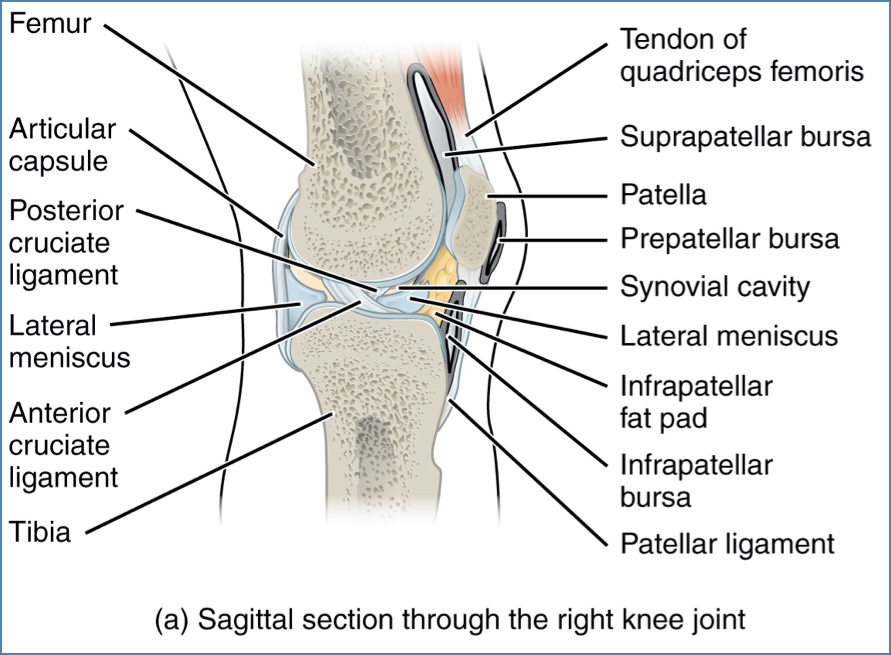
Superior Tibiofibular Joint
- Type: Synovial planar joint
- Bones: Tibia and fibula
- Ligaments: Anterior and posterior tibiofibular ligaments
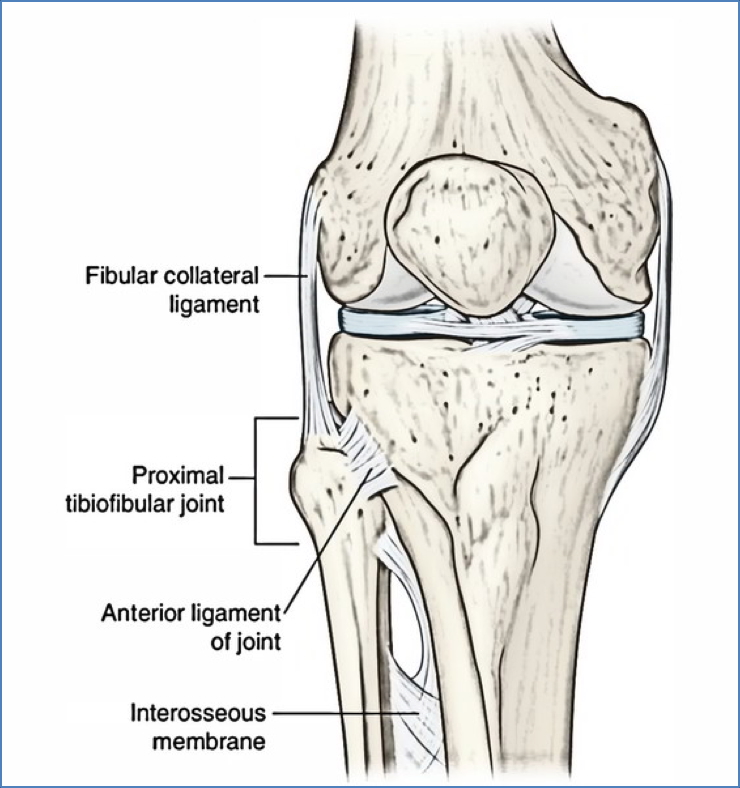
Inferior Tibiofibular Joint
- Type: Syndesmosis
- Features: Interosseous membrane resists separation
- Ligaments:
- Interosseous ligament
- Strong anterior and posterior tibiofibular ligaments
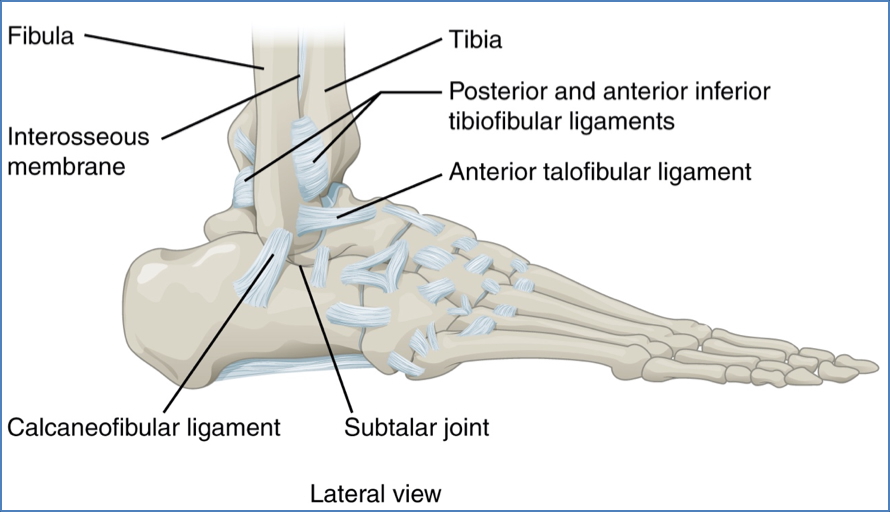
Ankle Joint (Talo-crural Joint)
- Type: Synovial hinge joint
- Features:
- Excellent congruity during dorsiflexion
- Supported by strong collateral ligaments
- Movements: dorsiflexion and plantarflexion
- Bones:
- Trochlea of talus
- Distal tibia and fibula
- Ligaments:
- Lateral ligaments: Anterior talofibular, posterior talofibular, calcaneofibular
- Medial (deltoid) ligament: Four-part complex

Subtalar Joint
- Type: Synovial planar joint
- Movements: Inversion and eversion
- Bones: Talus and calcaneus
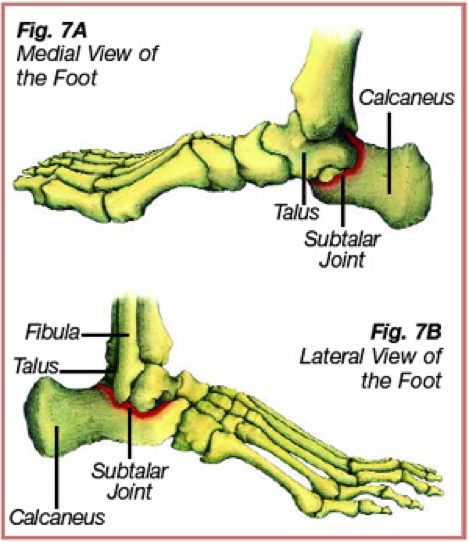
Transverse Tarsal Joint
- Type: Composite synovial planar joint
- Components:
- Talonavicular joint
- Calcaneocuboid joint
- Bones:
- Talus + navicular
- Calcaneus + cuboid
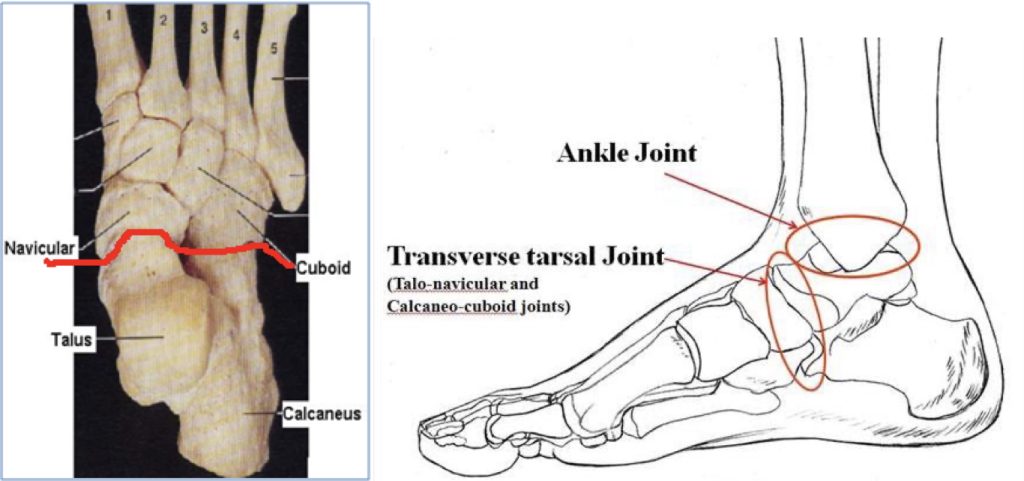
Arches of the Foot
- Function: Shock absorption and adaptability on varied surfaces
- Ligament Support:
- Spring (calcaneonavicular) ligament
- Short and long plantar ligaments
- Plantar aponeurosis

Medial Longitudinal Arch
- Bones:
- Calcaneus
- Talus
- Navicular
- Medial & intermediate cuneiforms
- 1st metatarsal
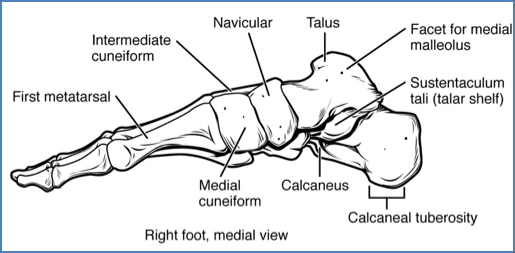
Lateral Longitudinal Arch
- Bones:
- Calcaneus
- Cuboid
- 4th and 5th metatarsals

Transverse Arch
- Bones:
- Cuneiforms
- Cuboid
- Metatarsal bases
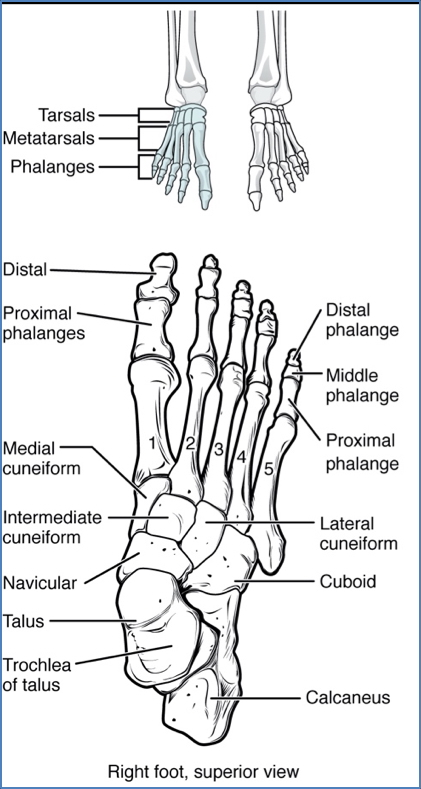
Metatarsophalangeal Joints (MTP)
- Type: Synovial condyloid joints
- Movements:
- Flexion/extension
- Abduction/adduction
- Circumduction
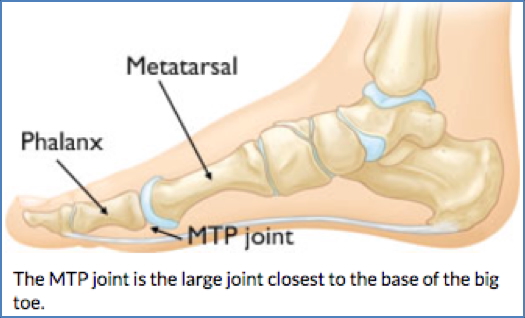
Interphalangeal Joints
- Type: Synovial hinge joints
- Movements: Flexion and extension only
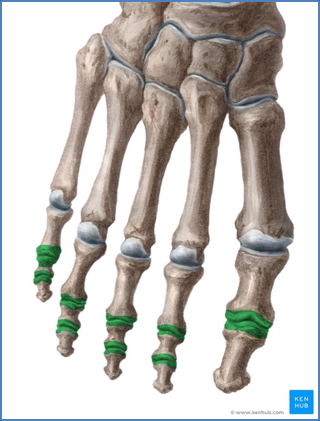
Summary – Lower Limb Joints
The lower limb joints encompass a range of articulations from rigid axial connections to highly mobile synovial joints. These include the sacroiliac joint, hip joint, knee, and ankle, along with subtalar and metatarsophalangeal joints. Their biomechanics and ligamentous supports are crucial for posture, locomotion, and load transfer. For a broader context, see our Musculoskeletal Overview page.